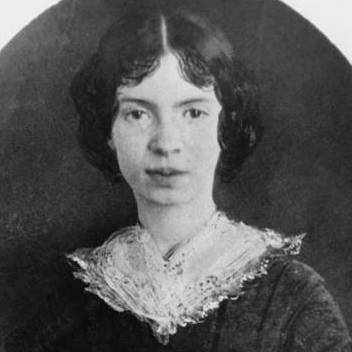Split the Lark — and you’ll find the Music —
Bulb after Bulb, in Silver rolled —
Scantily dealt to the Summer Morning
Saved for your Ear, when Lutes be old —
Loose the Flood — you shall find it patent —
Gush after Gush, reserved for you —
Scarlet Experiment! Sceptic Thomas!
Now, do you doubt that your Bird was true?
Published:
1924
Length:
Shorty
Literary Movements:
Modernism
Anthology Years:
2022
Themes:
Ars Poetica
Education & Learning
Literary Devices:
Assonance
The repetition of similar vowel sounds that takes place in two or more words in proximity to each other within a line; usually refers to the repetition of internal vowel sounds in words that do not end the same.
End Rhyme
when a poem has lines ending with words that sound the same
Extended Metaphor
a metaphor that extends through several lines or even an entire poem
Rhetorical Question
a question asked for effect, not necessarily to be answered

